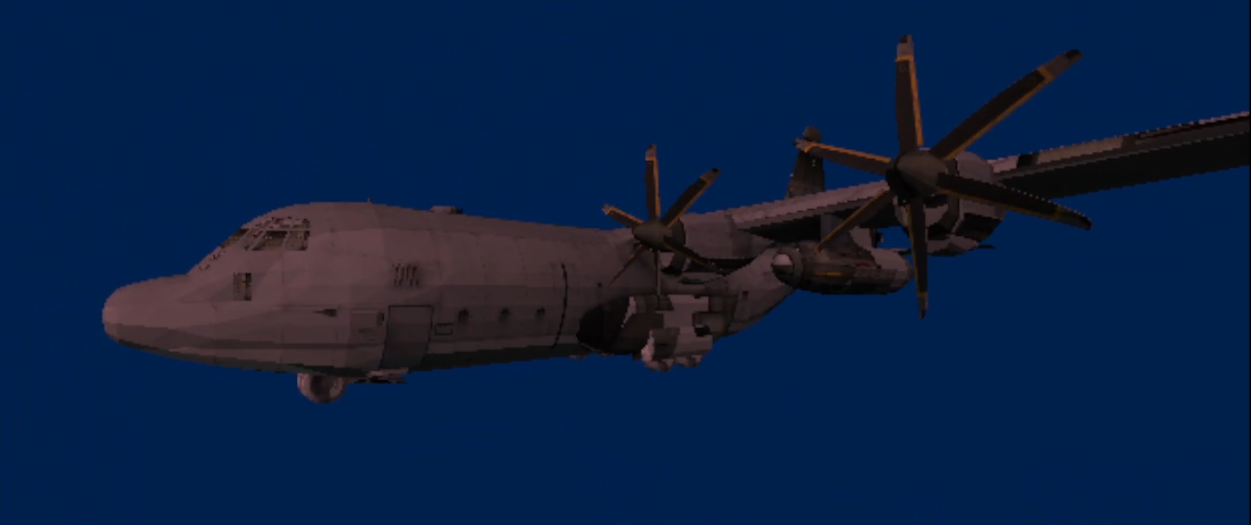DirectX 11.0 - Further Games and Graphical Concepts
Semester 1
For semester one of my Further Games and Graphical Concepts module, we were required to implement a structured 3D environment, exploiting the programmable pipeline to render a range of lighting and shading models using an appropriate graphics API via an object-oriented approach. We were required to understand critically the mathematical operations underpinning comlex model manipulations used to implement physics-based and AI-based simulation models for computer games. Click here to access this project on Github

For the assignment, I was able to implement the loading of game assets, the rendering of game assets. I included a mixture of hard coded buffers, Obj loading, and loaded a mix of assets and rendered them to the screen. A depth buffer and wireframe mode were also implemented and can be toggled on and off. A basic ground plane was also drawn. Per pixel lighting was also fully implemented. The user can do some linear and rotation control of a player controlled object (a pyramid) and texture mapping is implemented on an object with lighting and shading calculations (although this may not be entirely accurate). Static and top-down viewpoints are available.
